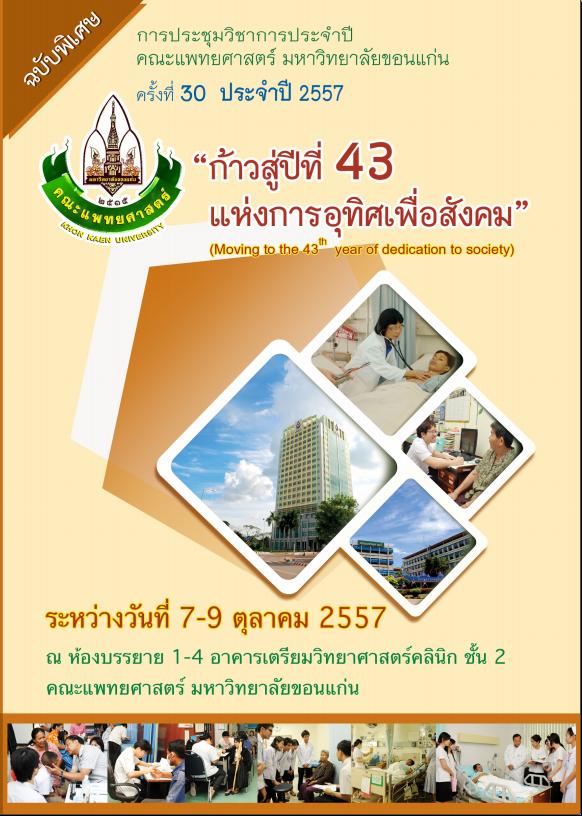Taxifolin Exerts Cytoprotective Effect by Activation of Nrf2-ARE Signaling Pathway in HepG2 cells
คำสำคัญ:
Nrf2, Antioxidant, Cytoprotective effect, Doxorubicin, reporter assayบทคัดย่อ
Background: Oxidative stress contributes to various deleterious health effects including aging, cardiovascular disease, chronic inflammation, neurodegenerative disease and cancer. Cells have developed adaptive cytoprotective response by up-regulation of the antioxidant defense systems including Nrf2-ARE signaling pathway. Nrf2 (Nuclear factor erythroid 2-related factor 2) protein activated by oxidative stress and electrophiles is contributed to the cytoprotective effect by induction of antioxidant gene expression through the binding with cis-acting consensus sequence so-called antioxidant response element (ARE). Phytochemicals are rich in antioxidant activity and some effects are produced by induction of antioxidant genes through Nrf2-ARE.
Methods: Our study have screened for inducers of Nrf2-ARE signaling pathway, using HepG2 cells transiently transfected with plasmid containing ARE-luciferase reporter and plasmid with Renilla-luciferase reporter. The cytotoxicity assay was performed by sulforhodamine B assay.
Results: Taxifolin was able to induce the Nrf2-ARE in ARE-luciferase reporter assay stronger than other tested phytochemicals and shown to have modest toxicity in HepG2 cells. Taxifolin showed cytoprotective effect in a model of doxorubicin-induced cytotoxicity. When HepG2 cells were pretreated with taxifolin 18 h, the cytotoxicity of doxorubicin was greatly decreased.
Conclusion: The study showed that inducer of Nrf2-ARE pathway including taxifolin could provide health benefit in protection against oxidative injury.




